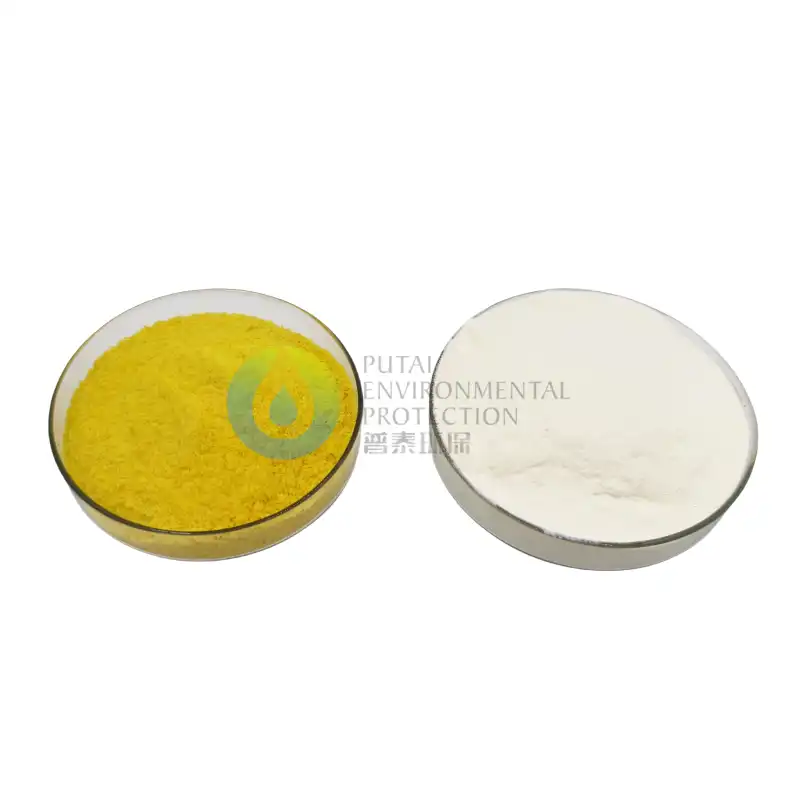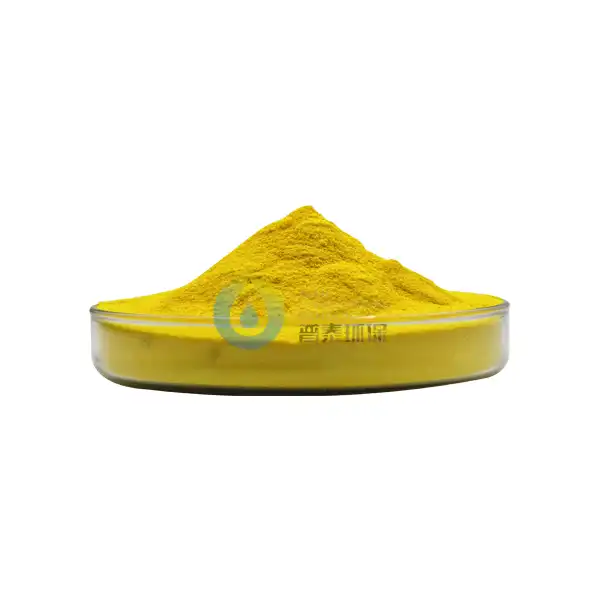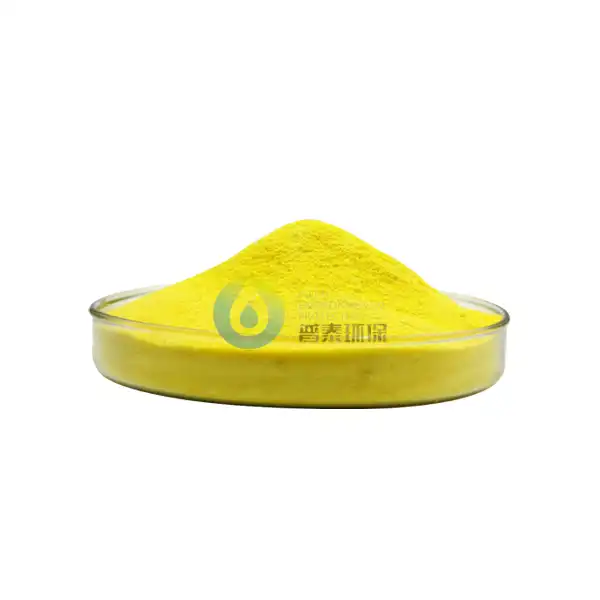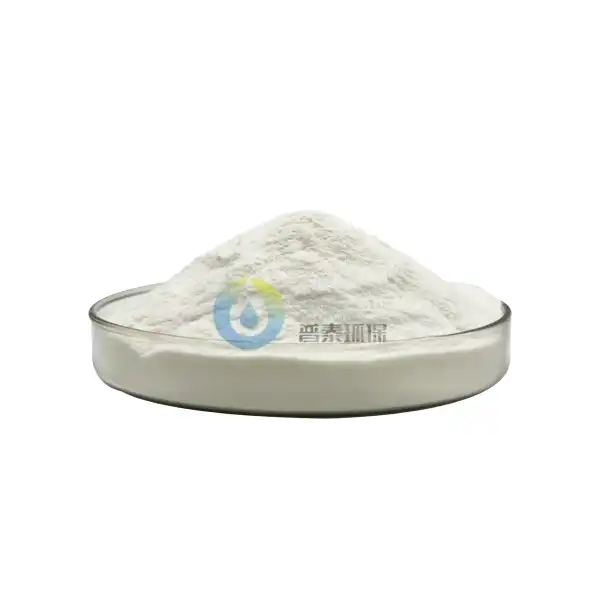How Does Industrial Grade PAC Improve Water Treatment?
Water treatment is a critical process for ensuring clean, safe water for both industrial and domestic use. Among the various chemicals used in this process, Industrial grade PAC (Polyaluminum Chloride) has emerged as a powerhouse in improving water treatment efficiency. This blog post delves into the ways industrial grade PAC enhances water treatment processes, exploring its flocculation speed, impact on sludge volume, and pH stability.
The science behind industrial grade PAC's flocculation speed
Flocculation is a crucial step in water treatment, where suspended particles are encouraged to clump together, forming larger aggregates that can be more easily removed. Industrial grade PAC excels in this area due to its unique chemical structure and properties.
The molecular structure of industrial grade PAC consists of polynuclear aluminum complexes with a high degree of polymerization. This structure allows for rapid and efficient charge neutralization of colloidal particles in water. As a result, the flocculation process occurs much faster compared to traditional coagulants like aluminum sulfate.
The rapid flocculation speed of industrial grade PAC can be attributed to several factors:
- High charge density: Industrial grade PAC carries a higher positive charge, allowing it to neutralize negatively charged particles more effectively.
- Pre-hydrolyzed nature: Unlike conventional coagulants, PAC is already partially hydrolyzed, reducing the time required for hydrolysis reactions in water.
- Broad spectrum of aluminum species: PAC contains various aluminum species with different molecular weights, enabling it to tackle a wide range of contaminants simultaneously.
The accelerated flocculation process leads to several benefits in water treatment:
- Reduced retention time: Water can be treated more quickly, increasing the overall efficiency of treatment plants.
- Lower dosage requirements: The high efficiency of PAC often means less chemical is needed to achieve the desired results.
- Improved clarification: Faster floc formation leads to better settling and clearer water.
These advantages make industrial grade PAC an excellent choice for water treatment facilities looking to optimize their processes and improve water quality.
Does industrial grade PAC reduce sludge volume?
One of the ongoing challenges in water treatment is managing the volume of sludge produced during the process. Sludge disposal can be costly and environmentally problematic. Industrial grade PAC offers a solution to this issue by potentially reducing sludge volume.
The sludge-reducing properties of industrial grade PAC can be attributed to several factors:
- Compact floc formation: PAC produces denser, more compact flocs compared to traditional coagulants. These flocs have a higher solid content, resulting in less overall sludge volume.
- Enhanced dewatering properties: The flocs formed by PAC tend to have better dewatering characteristics, making it easier to remove water from the sludge and further reduce its volume.
- Lower dosage requirements: As mentioned earlier, PAC often requires lower dosages than conventional coagulants. This inherently leads to less chemical residue in the sludge, contributing to volume reduction.
The reduction in sludge volume offers several benefits to water treatment facilities:
- Cost savings: Less sludge means reduced costs for handling, transportation, and disposal.
- Environmental impact: Minimizing sludge volume helps decrease the environmental footprint of water treatment processes.
- Operational efficiency: Reduced sludge volumes can lead to less frequent cleaning of sedimentation basins and filters, improving overall plant efficiency.
It's important to note that the extent of sludge reduction can vary depending on the specific water characteristics and treatment conditions. However, in many cases, the use of industrial grade PAC has shown significant improvements in sludge management compared to traditional coagulants.
pH stability: Why industrial PAC outperforms alternatives
The pH of water plays a crucial role in the effectiveness of coagulants and the overall water treatment process. One of the standout features of industrial grade PAC is its exceptional pH stability, which gives it a significant advantage over alternative coagulants.
The pH stability of industrial grade PAC can be attributed to its unique chemical structure:
- Pre-hydrolyzed nature: PAC is already partially hydrolyzed, which means it's less sensitive to pH changes in the water.
- Buffering capacity: The polynuclear aluminum complexes in PAC have a natural buffering effect, helping to maintain a stable pH during the treatment process.
- Wide effective pH range: Industrial grade PAC remains effective across a broader pH range compared to traditional coagulants like aluminum sulfate or ferric chloride.
The superior pH stability of industrial grade PAC offers several advantages in water treatment:
- Reduced need for pH adjustment: In many cases, PAC can be used without the need for additional pH correction chemicals, simplifying the treatment process and reducing costs.
- Consistent performance: PAC maintains its effectiveness across a wide pH range, ensuring reliable water treatment even when faced with fluctuating influent water quality.
- Lower residual aluminum: The stability of PAC often results in lower residual aluminum levels in treated water compared to traditional aluminum-based coagulants.
- Versatility: The pH stability of PAC makes it suitable for a wide range of applications, from drinking water treatment to industrial wastewater processing.
The pH stability of industrial grade PAC is particularly beneficial in scenarios where:
- Influent water pH varies significantly
- Alkalinity is low, making pH control challenging
- Multiple contaminants with different optimal pH ranges need to be addressed simultaneously
By providing stable performance across a wide pH range, industrial grade PAC simplifies water treatment processes and ensures consistent results, even in challenging conditions.
In conclusion, industrial grade PAC offers significant advantages in water treatment through its rapid flocculation speed, potential for sludge volume reduction, and exceptional pH stability. These properties make it an excellent choice for water treatment facilities looking to optimize their processes, reduce costs, and improve water quality.
As water treatment challenges continue to evolve, the versatility and effectiveness of industrial grade PAC position it as a valuable tool in the pursuit of clean, safe water for both industrial and domestic use. By leveraging the benefits of this advanced coagulant, water treatment professionals can achieve better results while potentially reducing operational costs and environmental impact.
Are you looking to improve your water treatment processes? Xi'an PUTAI Environmental Protection Co., Ltd. has over 30 years of experience in producing high-quality water treatment chemicals, including industrial grade PAC. As a leading supplier in Northwest China, we're committed to helping you achieve optimal results in your water treatment operations. Contact us today at sales@ywputai.com to learn how our industrial grade PAC can enhance your water treatment efficiency and reduce costs.
References
1. Zhang, L., et al. (2019). "Advances in polyaluminum chloride coagulants for water and wastewater treatment." Journal of Environmental Sciences, 81, 52-64.
2. Wang, D., et al. (2020). "Comparison of various types of polyaluminum chloride (PAC) on natural organic matter removal: Effect of speciation and structure." Separation and Purification Technology, 237, 116328.
3. Gebbie, P. (2001). "Using polyaluminum coagulants in water treatment." 64th Annual Water Industry Engineers and Operators' Conference, 39-47.
4. Yang, Z., et al. (2011). "A review on inorganic coagulants for municipal wastewater treatment." Chemical Engineering Journal, 178, 449-465.





